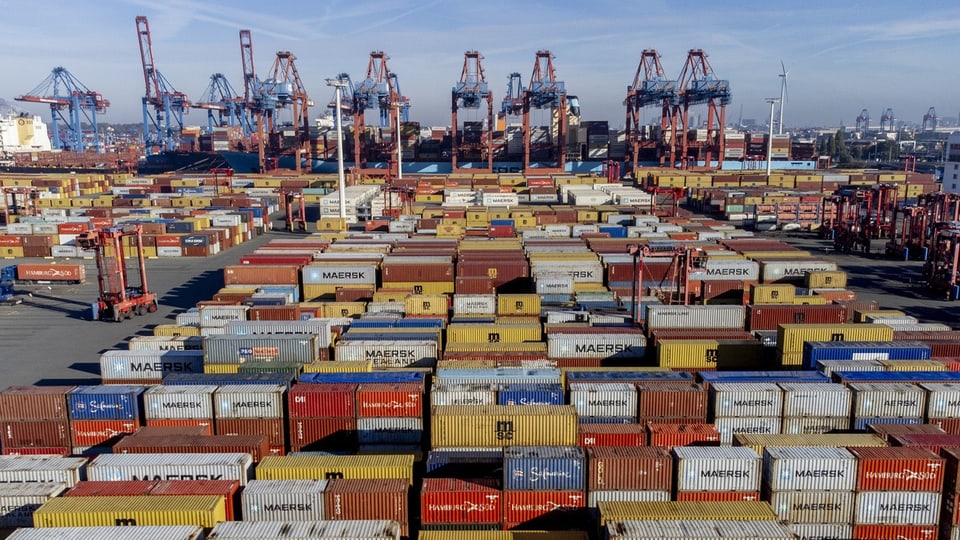China’s major geostrategic project has been taking shape for ten years. Now the People’s Republic is celebrating his achievements. SRF China correspondent Samuel Emch explains the most important questions about the “New Silk Road”.
What is the “New Silk Road”?
It is a gigantic infrastructure project that China launched 10 years ago. The main aim is to build roads, railway lines, airports and shipping ports around the globe – with a focus on developing and emerging countries. This was primarily intended to promote trade. Prominent examples include a high-speed train in Indonesia. There are various railway projects in Malaysia, Cambodia and Kazakhstan. A power grid and roads were built in Pakistan, and numerous power plants were set up in Africa, Southeast and Central Asia.
How much money does China have for them? “New Silk Road” issued?
Since the initiative does not have a clearly defined framework, it is difficult to say. Economist Christoph Nedopil estimates that China has invested just over $1,000 billion. The money was mostly given in the form of loans to the countries in which the railway lines, power plants and airports were built.

Legend:
The “New Silk Road”.
SRF
Critics say the initiative is a debt trap for developing countries. How come?
Numerous developing countries had to go into heavy debt in order to be able to build large infrastructure projects. As a result, individual countries were no longer able to service their debts, i.e. no longer pay the interest on the loans. However, there was also repeated criticism of individual projects that only the Chinese construction conglomerates made money from them and that the projects were not built according to international standards. You can also hear criticism here and there in China itself. Some people wonder why so much money was sent abroad and not invested in China itself.
Is the initiative a success or failure for China?
Despite criticism, the initiative is a success for China. Basically, the project is going in the planned direction. Of course with some compromises. China not only has commercial interests, but was also able to expand its geopolitical sphere of influence with this project. This means increasing its influence, especially in emerging and developing countries. China explicitly says it wants to create a new geopolitical world order. According to experts, the “New Silk Road” or “Belt and Road Initiative”, as it is called in English, is an opportunity to propagate its ideas and is therefore a suitable vehicle for China to pursue its goal in this regard.

Legend:
The container port in Hamburg. Here, too, China has had a stake of almost 25 percent since this year. There had previously been strong resistance in Germany to China’s participation because the port is considered critical infrastructure.
Keystone/AP Photo/Michael Probst
China has invested a lot of money. Where is the journey going now?
The focus is likely to be on smaller, more commercial projects. This is how one can understand President Xi Jinping’s statements in his speech at the Belt and Road Forum. The initiative is a personal prestige project of President Xi. China is now also placing greater emphasis on the sustainability of projects. Whether this will actually play a more important role remains to be seen. China has also launched other global initiatives in recent years. The “Belt and Road Initiative” is no longer the only Chinese project with global impact. The focus is also likely to shift to these new initiatives, which will give China further geopolitical influence.
